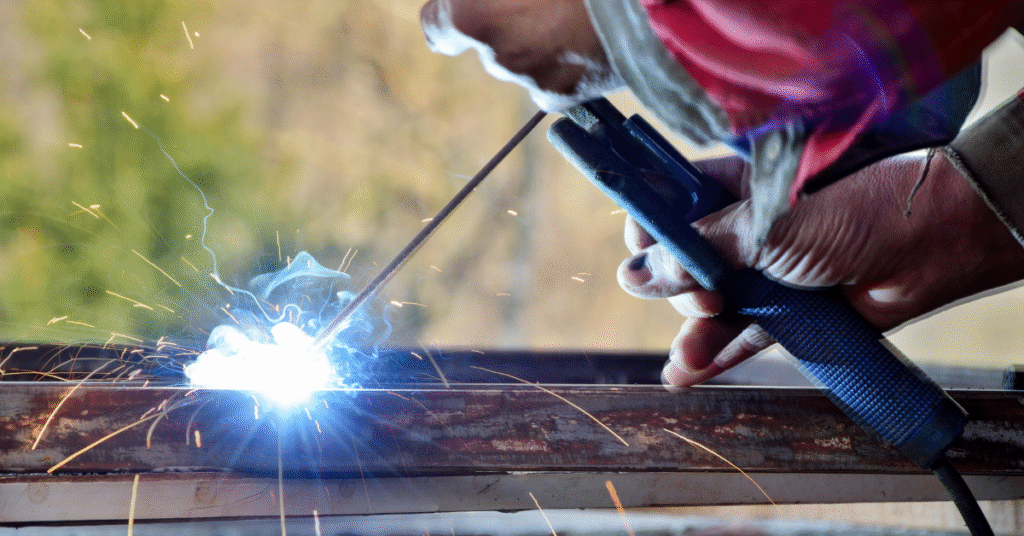India’s automobile industry is undergoing rapid transformation, driven not just by innovation but also by evolving government regulations. Vehicle body fabrication, especially for commercial vehicles like buses, trucks, and custom utility vehicles, has become a key focus area for regulatory bodies seeking to improve safety, standardization, and environmental compliance.
Why Regulations Matter in Vehicle Body Fabrication
Ensuring Passenger Safety
Regulations enforced by the Ministry of Road Transport and Highways (MoRTH) and the Automotive Research Association of India (ARAI) ensure that fabricated bodies meet critical safety norms, including:
- Crashworthiness
- Structural integrity
- Emergency exits and fire safety in buses
Environmental Compliance
Fabrication standards now include mandates for fuel efficiency, emission control (BS-VI compliance), and green manufacturing practices. These align with India’s broader sustainability goals.
Key Regulatory Bodies Influencing the Industry
1. CMVR (Central Motor Vehicles Rules)
Defines the framework for dimensions, weight limits, and design codes, which fabricators must adhere to.
2. AIS Standards
Automotive Industry Standards like AIS-052 for bus body code or AIS-093 for truck cabins play a crucial role in guiding fabricators.
3. MoRTH
Governs registration norms and body builder approvals. Since 2015, bus and truck body builders must be accredited and comply with notified standards.
Impact on Vehicle Body Manufacturers
1. Shift Towards Certified Fabrication Units
Only certified fabricators can manufacture bodies for public and commercial transport, increasing credibility but also the cost of compliance.
2. Need for Technological Adoption
New machinery, CAD tools, and testing labs are becoming essential to align with the precision and documentation required by the government.
3. Skill Upgradation
Fabricators must train their workforce in understanding standards, testing procedures, and modern assembly methods.
Challenges Faced by Small and Medium Fabricators
- High cost of certification and audits
- Frequent policy changes creating uncertainty
- Difficulty in sourcing compliant raw materials
Future Outlook
With the government pushing for structured, safe, and eco-friendly transport, regulations will only get more stringent. However, support in terms of subsidies, workshops, and training can help local fabricators bridge the gap.
Conclusion
Government regulations have undeniably raised the bar for vehicle body fabrication in India. While it brings challenges, especially for traditional workshops, the long-term gains in quality, safety, and sustainability are immense. The future belongs to those who adapt quickly and align their operations with the new norms.

